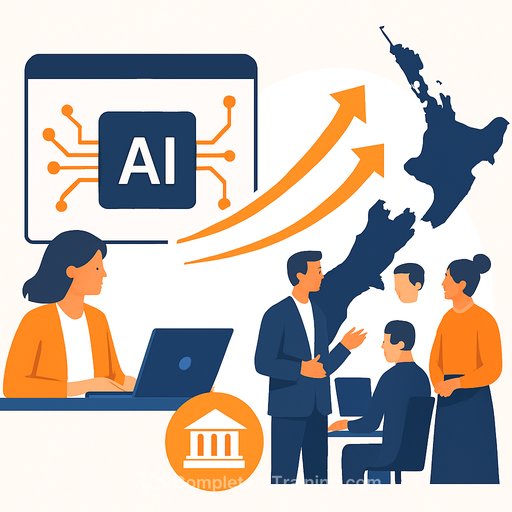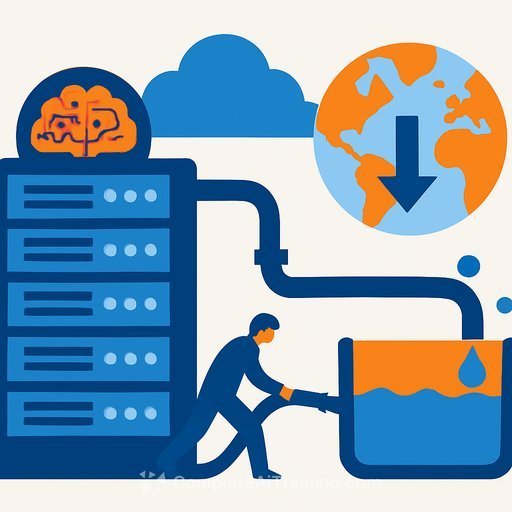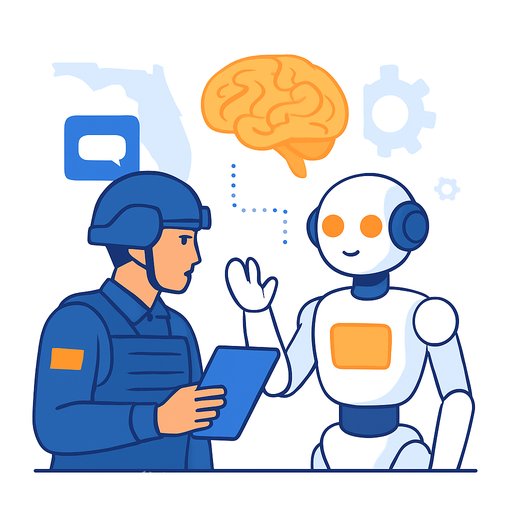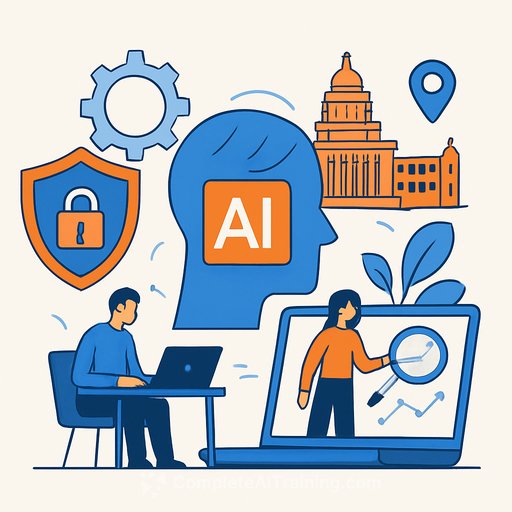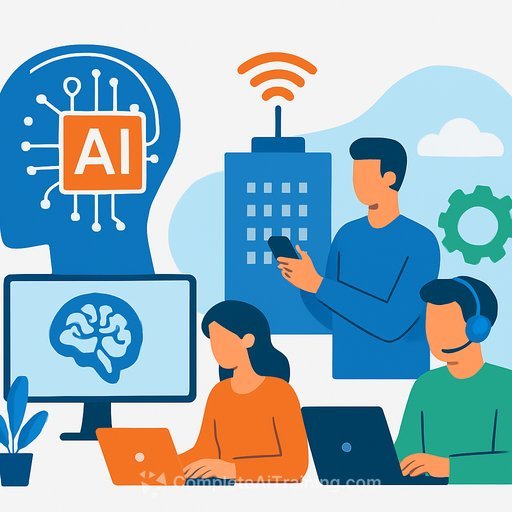Generative AI Adoption Accelerates in New Zealand Government Agencies
A recent survey of New Zealand government agencies reveals a significant jump in the use of AI technologies. Agencies reported 55 active AI use cases, up from just 15 operational cases in 2024. This signals growing integration of AI tools into daily workflows.
In June, the survey expanded to include a broader group of organisations. A total of 70 agencies reported 272 AI use cases. Of those, 207 cases came from 44 public service organisations, while 65 cases were reported by 26 wider public sector bodies. The increase in both the number of agencies participating and the AI use cases they shared highlights a clear trend towards wider AI adoption.
How AI Is Being Used
Most AI applications focus on modernising IT systems, automating routine processes, and improving service delivery. Generative AI remains the most commonly used technology, alongside natural language processing, computer vision, and agentic AI. These tools support functions such as assisted search, digital detection, workflow automation, and data analysis.
Interestingly, agencies are increasingly adapting existing AI solutions rather than developing new ones from scratch. This approach speeds up deployment and reduces duplication of effort.
Growing AI Ecosystem and Collaboration
The AI ecosystem within the government is diversifying, with multiple suppliers providing a variety of AI tools. Agencies are also forming partnerships to share knowledge and capabilities, helping to build collective AI expertise.
Currently, 55 AI use cases have moved beyond trial phases and are fully deployed. Most support internal functions like data management, administration, communications, and strategic planning. Only a small fraction directly impact customer-facing services.
Why Agencies Are Adopting AI
Operational productivity and efficiency are the main drivers behind AI adoption. By automating routine tasks and reducing errors, AI allows staff to focus on more meaningful work. This shift helps agencies improve employee experience and service quality.
Technological barriers to AI implementation have lessened, dropping from the fifth to the eighth biggest obstacle between 2024 and 2025. However, challenges remain, especially around skills shortages, funding limitations, and security concerns.
Key Benefits Reported
- Improved operational efficiency
- Enhanced employee experience
- Higher quality of service delivery
For operations professionals looking to build AI skills, exploring relevant training can be a practical next step. Resources like Complete AI Training’s latest courses offer targeted learning paths to understand and apply AI tools effectively.
Your membership also unlocks:

